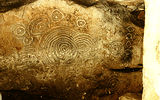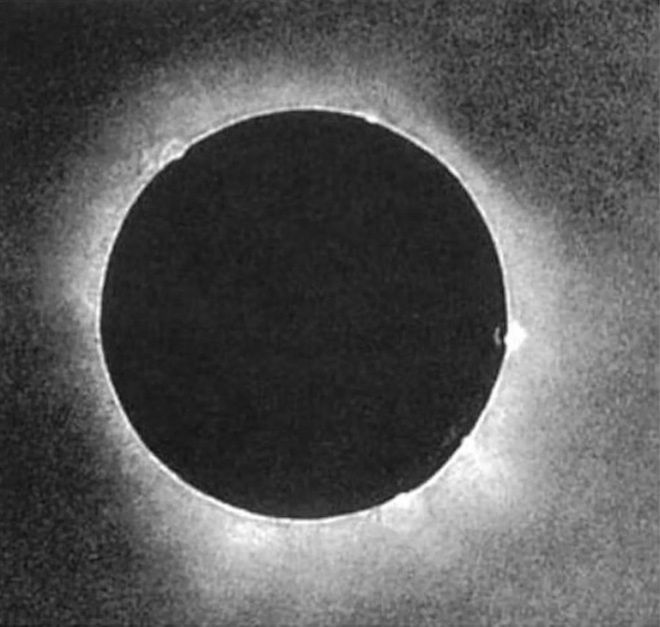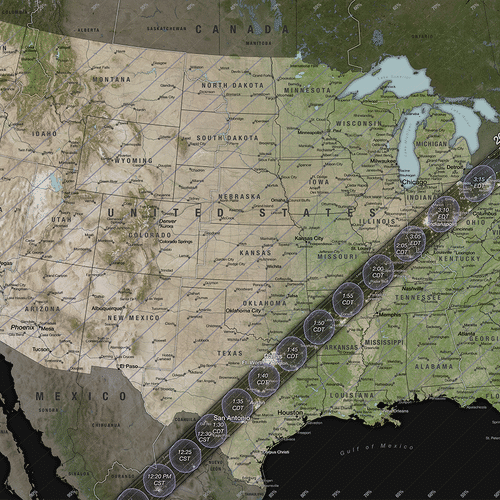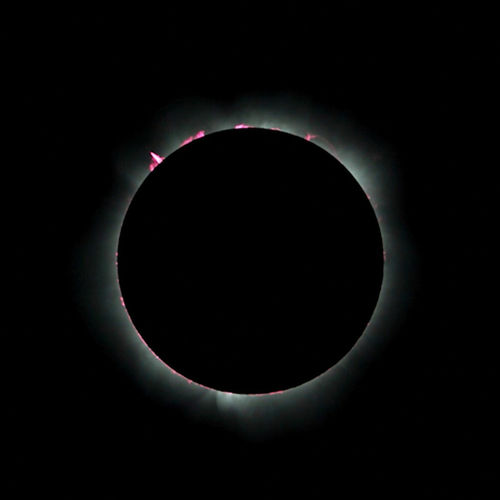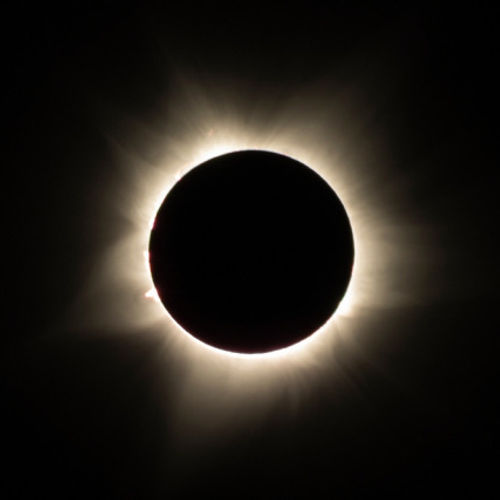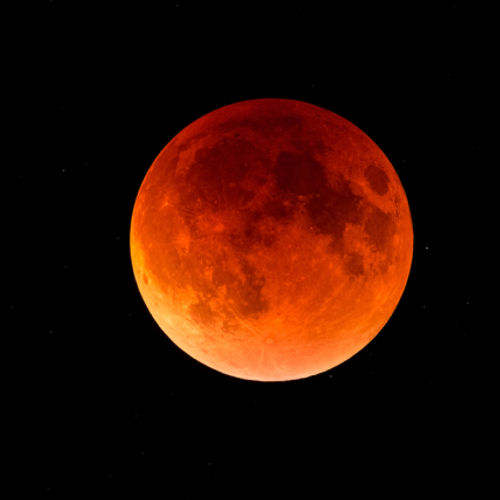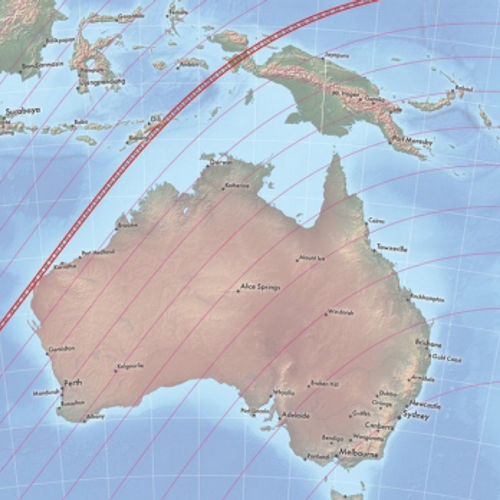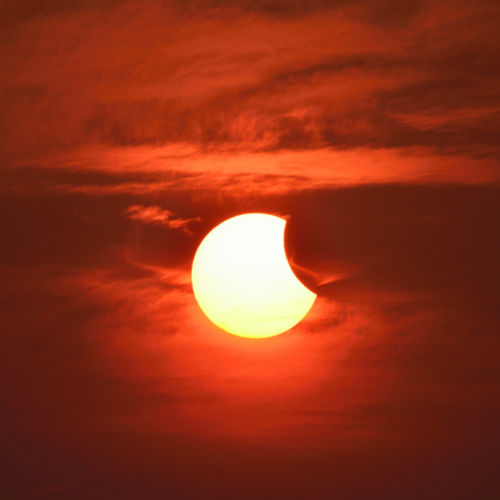
| Added | Fri, 07/07/2017 |
| Источники | |
| Дата публикации | Fri, 07/07/2017
|
| Версии |
Residents of the United States counting the days until a total solar Eclipse, which is expected on August 21. Rare case when observers across the country will be able to see the Sun, a completely closed shadow of the moon. This is the first total Eclipse in nearly 40 years, which will be visible from the U.S. mainland, and the first for 99 years, with a trajectory of movement from coast to coast, from Oregon to South Carolina.
Total solar eclipses themselves are not unusual: on average, they occur two to five times a year. The oldest known record of an Eclipse was made about 5000 years ago. Spiral petroglyphs carved on three stone monuments in the complex of megalithic tombs Lough crew in Ireland, depict the alignment of the Sun, moon and horizon and probably reflect the solar Eclipse, which occurred on November 30, 3340 BC, according to NASA.
Irish paleoarchaeology Paul Griffin suspected Neolithic petroglyphs contain information about the Eclipse and began to explore them in 1999. Griffin set the date for the event in 2002, using astronomical software for calculating the alignment of the bodies. According to him, the numerous drawings on the monuments of the Loch CRU show dozens of astronomical events with overlapping concentric circles representing the solar Eclipse, and isolated in concentric circles, pointing to a lunar Eclipse.
Judging by the terrible discovery made nearby Neolithic interpretation of the Eclipse included superstitious fears. In the pool were burned bones about 48 people, who became victims of a deadly ritual, designed to "save God (the Sun) from death before he descends into the underworld (beyond the horizon)," wrote Griffin.
Other physical mention of eclipses engraved on the 2500-year-old clay tablets from ancient Babylonia. One of them, according to NASA, describes a total solar Eclipse, observed in the port city of Ugarit in Syria on may 3, 1375 BC.
In records from ancient China Imperial astronomers report the eclipses that took place from the 8th century BC to 15th century ad, according to a study published in 2005 in the journal Archive for History of Exact Sciences. According to the author of the study, they include links to 938 solar Eclipse, starting with the period Chunchu (for 476 771 BC) to the beginning of the Ming dynasty (1368 to 1644), and only a few contain errors.
In Greek writings also mention of solar eclipses. The poet Archilochus, who lived in the 7th century BC, wrote about the estimated full Eclipse of April 6, 647 BC: "Zeus, father of Olympus, turned midday into night, hiding the light of the shining Sun, and a universal fear-gripped people."
For thousands of years eclipses engraved on stone and bone, as well as the interpretation of art was the only means of documenting this incredible cosmic event. Only in the mid-nineteenth century, an early form of photography known as the daguerreotype, allowed Johann Julius Friedrich birkivs'ke to create the first photographic record of a solar Eclipse on 28 July 1851.
Birkivs'ke has received the first image, accurately representing the solar corona, in königsberg (now Kaliningrad). According to a study published in 2005 in the journal Acta Historica Astronomiae, he used a small refracting telescope with a diameter of 6.1 cm and exhibited a daguerreotype plate for 84 seconds starting from the moment when the solar disk was completely obscured.
Since then, the images of this cosmic phenomenon became more detailed, and we now have materials such as timelapse video full solar Eclipse over Europe on 20 March 2015 captured by ESA satellite Proba-2, or a stunning picture of a "double Eclipse" obtained by the solar dynamics Observatory, September 1, 2016, when the Sun is dimmed at the same time the Earth and the Moon.
Translated by «Yandex.Translator»
Новости со схожими версиями
Log in or register to post comments
